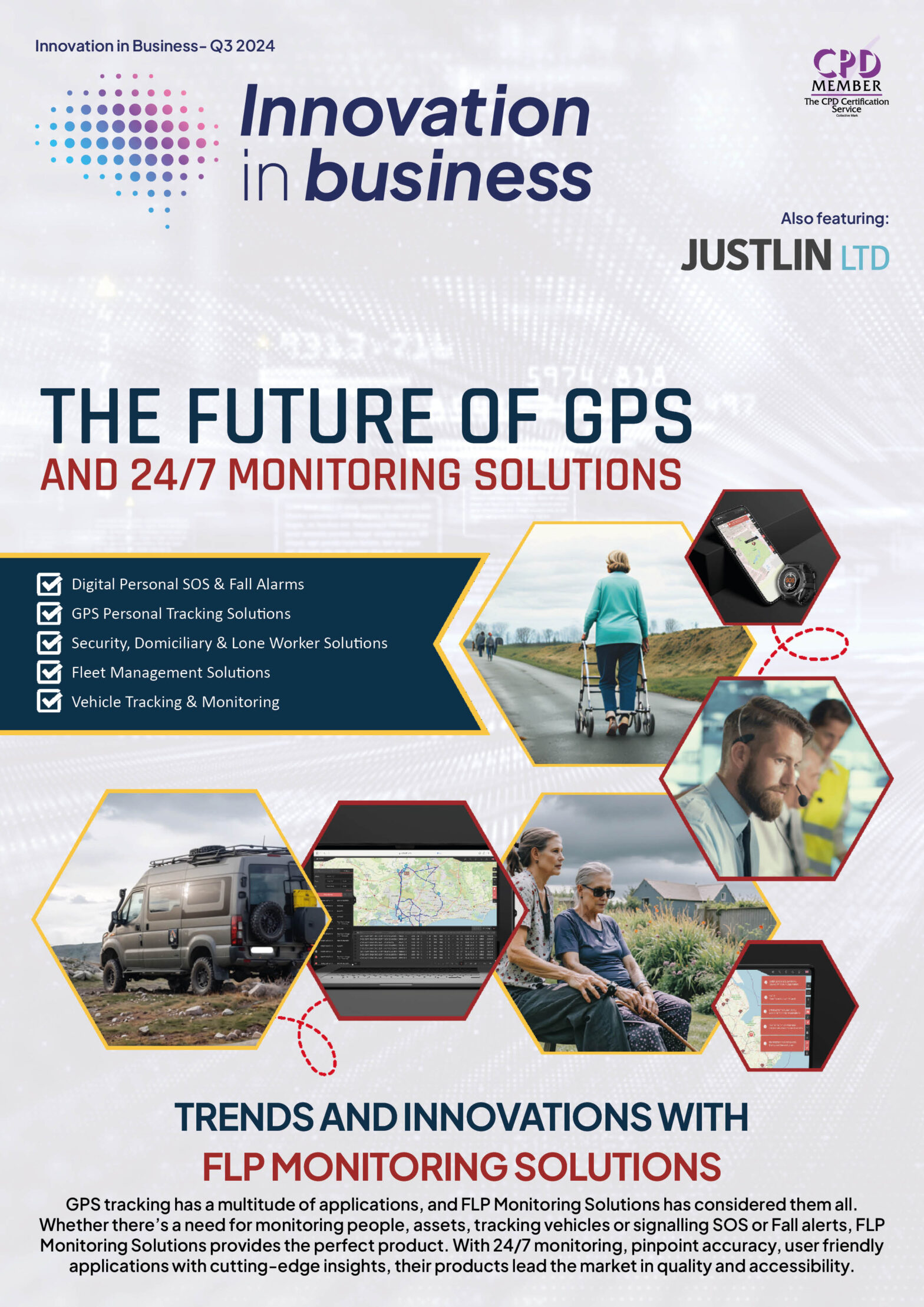

By Evgeniya Golomovzaya, a Technology Observer at Itransition
The flexibility and scalability of platforms like AWS bring significant benefits to cloud adopters but also introduce tremendous complexity in tracking and controlling expenses. According to the 2024 State of FinOps report, reducing cloud waste and accurate forecasting of spend are the top priorities for tech organizations this year.
The dynamic nature of cloud billing, with its manifold services and pricing options, makes it challenging for organizations to manage AWS costs carefully. FinOps is an operating model that brings financial accountability to variable spending in the cloud, but adopting this framework can be challenging without a thorough understanding.
To maximize benefits and realize the potential of FinOps on AWS, organizations must forge a clear path and avoid common mistakes. AWS management services can help enterprises adopt AWS at scale and run cost-optimization projects without having to hire a full-time FinOps engineer or team.
This article focuses on the key advantages and major difficulties of adopting FinOps and provides some actionable insights from our AWS-certified professionals.
How can AWS users benefit from adopting FinOps
FinOps initiatives, when implemented correctly and managed by an experienced cross-functional team, can yield substantial benefits in a cloud environment on AWS:
- You get granular visibility into your AWS usage and costs, helping you uncover areas for potential savings. You also gain insights into your cloud spending patterns. Analyzing usage patterns and forecasting future demand allows you to leverage particular AWS pricing models, such as Reserved Instances and Savings Plans, for cost optimization.
- You can manage AWS costs proactively and avoid unexpected overspending through budgetary controls and alerts.
- You are able to analyze performance and usage data continuously, reducing unnecessary costs and boosting performance by right-sizing your AWS resources.
- You can establish an organizational culture where teams are responsible for understanding and tracking AWS costs. Following the principle of shared accountability, teams start interacting more transparentlyᅳthey lead fruitful discussions, generate inventive ideas, and make informed decisions on cost optimization. In the FinOps framework, your teams will strive to improve their financial outcomes by using resources more efficiently. This is especially important when using AWS services extensively.
- You can enhance your business agility by scaling your AWS cloud resources based on demand and adapting them to your evolving business needs.
Challenges AWS users face when adopting FinOps and how to overcome them
When adopting the cloud, many organizations struggle with the technical aspects of cloud transformation, often overlooking the importance of facilitating FinOps capabilities, such as granular visibility into spend, governance, forecasting, and optimization.
Overcoming resistance to the cultural shift
Traditionally, departments within an organization have functioned independently, with little collaboration on budgeting and resource management. Organizations aiming to shift to the FinOps framework want to have their teams share responsibility for cloud expenses. The transition from the known processes to the new ways of doing things can cause worries among the employees regarding their roles, responsibilities, or even competence.
That is why many organizations face resistance to change within their teams, which presents one of the most challenging aspects of implementing FinOps. Our AWS experts emphasize the following possible ways to overcome resistance to the cultural shift in your organization:
- Raise awareness by emphasizing the benefits of the FinOps approach.
- Ensure that FinOps has buy-in from senior management across all departments.
- Find influential team members and assign them to be your process advocates.
- Your personnel is more likely to follow when change is emphasized and supported both by management and key employees.
- Adopt FinOps practices in stages, starting with small, manageable projects.
- Demonstrate quick wins and build support for more widespread change.
- Implement native AWS budgeting and billing tools that allow users to set custom cost and usage budgets and enable notifications of unexpected cost spikes. Being alerted about inefficient resource use, your employees can gradually adopt a cost-conscious attitude.
- Share cost insights and optimization successes with your team through internal dashboards to make cost management transparent and collaborative.
Addressing data overload and transparency issues
When organizations strive for the efficient financial management of their cloud resources through FinOps, they need to make informed decisions based on their data. However, companies often face obstacles in deriving relevant insights from their financial information due to the huge amount of data they need to collect, integrate, and analyze.
We can recommend the following ways to address data overload and transparency issues:
- Hire data analysts who can streamline data processes and ensure data quality.
- Run workshops to train your teams on best data management and integration practices.
- Invest in advanced cloud automation tools to streamline data collection and analysis. AWS provides a myriad of native tools designed to help you gain deep insights into your cloud spending. For instance, AWS supports resource tagging that allows cost allocation and improves cost visibility. You can also leverage AWS’s ability to integrate with third-party FinOps tools and platforms that offer comprehensive analytics, reporting, and optimization features.
Acquiring FinOps expertise
FinOps is a relatively new framework that combines extensive knowledge of financial management with a thorough understanding of cloud technology. Effective FinOps teams are capable of predictive analytics, cloud unit economics, holistic resource consumption, and organizational change.
However, many organizations have a significant FinOps skills gap. To solve this problem, companies can bring in external experts for reviews, but it takes time to train them. From our point of view, this approach can result in high ongoing costs without long-term improvements. A more viable alternative would be bringing in experienced FinOps professionals to fill critical roles and mentor internal teams.
We advise also the following ways of bringing FinOps expertise to your organization:
- Identify skills gaps within your organization through a thorough assessment.
- Invest in training your employees in both cloud technologies and financial management.
- Take advantage of AWS training and certification programs and promote a culture of cost awareness through FinOps certification programs and educational resources.
- Encourage collaboration among your teams to share knowledge, allowing cross-training and development of the necessary skills.
- Since AWS provides shared access to cost data, you can enable your teams to collaborate in real time and make informed decisions based on financial insight.
Aligning costs with business value
When organizations decide to redesign their business and operations through cloud modernization, they aim to capture value from their tech investments and create a competitive advantage. To achieve this goal, companies should understand the relationship between their cloud consumption costs and business value generated by a particular use case and establish relevant KPIs.
As the survey shows, most organizations stay behind in developing a thorough understanding of their cloud unit economics. Companies typically lack the financial skills and technical knowledge required to communicate the benefits of cloud investments across the organization.
Here we outline some practices to help you link your cloud expenses with business value:
- Implement agile budgeting techniques, such as rolling forecasts and zero-based budgeting, to help you adjust to technological and market changes. AWS allows you, for instance, to integrate your rolling forecasts developed in Excel.
- Define specific key performance metrics that relate cloud spending to business outcomes.
- Hold regular reviews with stakeholders to evaluate cloud spend and how it fits into the general company plan.
Conclusion
Many companies seeking to realize the full potential of cloud innovation with AWS have to address the complexities of cloud financial management.
FinOps framework, when thoroughly adopted and aligned with AWS native services, will help you overcome the challenges of cloud transformation while ensuring sustainable growth and profitability.

Technology
25 March 2025
Ransomware-As-A-Service Variants on the Rise With Critical Infrastructure Providers at the Greatest Risk

Business Advice
25 March 2025
Claims Processing Automation: How Insurers Can Cut Costs and Improve CX

Technology
18 March 2025
Secret Signs Your Internet Security Has Been Compromised






















